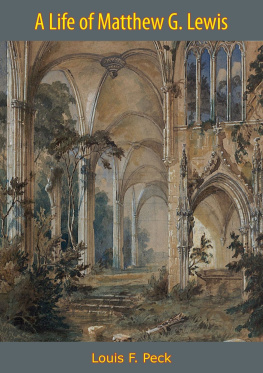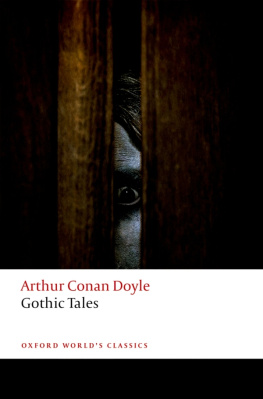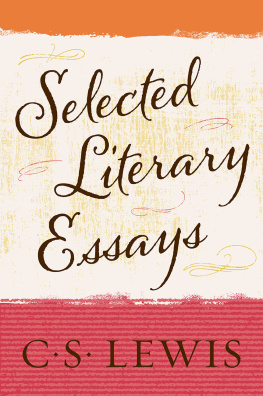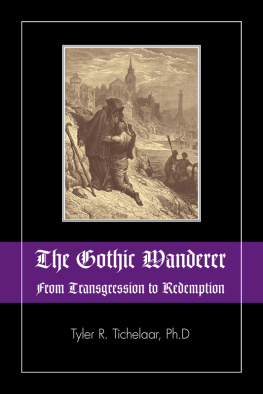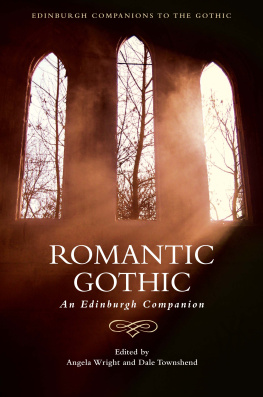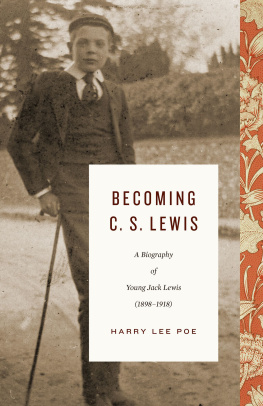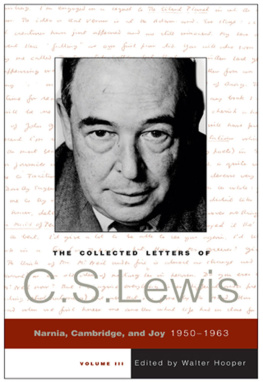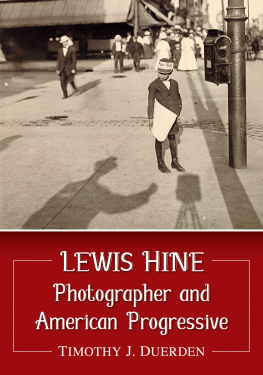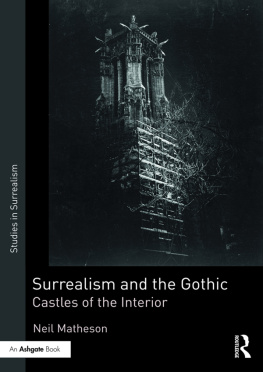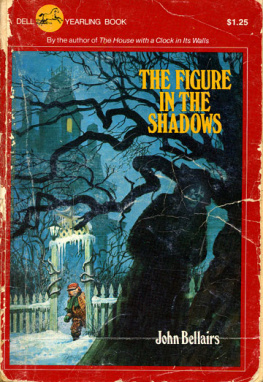

This edition is published by Valmy Publishing www.pp-publishing.com
To join our mailing list for new titles or for issues with our books valmypublishing@gmail.com
Or on Facebook
Text originally published in 1961 under the same title.
Valmy Publishing 2017, all rights reserved. No part of this publication may be reproduced, stored in a retrieval system or transmitted by any means, electrical, mechanical or otherwise without the written permission of the copyright holder.
Publishers Note
Although in most cases we have retained the Authors original spelling and grammar to authentically reproduce the work of the Author and the original intent of such material, some additional notes and clarifications have been added for the modern readers benefit.
We have also made every effort to include all maps and illustrations of the original edition the limitations of formatting do not allow of including larger maps, we will upload as many of these maps as possible.
A LIFE OF MATTHEW G. LEWIS
BY
LOUIS F. PECK
TABLE OF CONTENTS
Contents
PREFACE
BY HIS notorious Gothic romance The Monk , written when he was nineteen, Matthew Gregory LewisMonk Lewishas won himself a place in nearly every history of English literature. Biographical notices of him usually record also that he was a friend of Walter Scott, published a collection of ballads called Tales of Wonder , wrote the absurd and highly successful melodrama The Castle Spectre , translated parts of Goethes Faust to Lord Byron, told ghost stories to the Shelleys at Diodati, visited the West Indies to improve the condition of his slaves, and died at sea on the way home. These often-repeated facts are perhaps sufficient to satisfy the curiosity a general reader may feel concerning the author of The Monk , and for a long time they satisfied scholarship too. In recent years, however, Lewis has received increasing attention from students of the Romantic movement, who recognize him as an important figure not only among the Gothic writers of the period but in the realm of comparative literature as well. Yet the only full-length biography of this author, which appeared twenty-one years after his death, was considered inadequate even in its own day, and scholars have frequently pointed out the need for a more reliable account of Lewis and his writings. The present book attempts to supply that need.
The original biography, the two-volume Life and Correspondence of M. G. Lewis, Author of The Monk, The Castle Spectre, &c. with Many Pieces in Prose and Verse, Never Before Published (London, 1839), appeared anonymously, but the author, Mrs. Cornwall Baron-Wilson, named the work as hers on the title page of a later publication ( Our Actresses; or, Glances at Stage Favourites, Past and Present, London, 1844). A biography of Lewis, who had died in 1818, had long been needed to dispel his early reputation as an immoral and blasphemous author. In 1839, moreover, it was still not too late to preserve anecdotes and biographical details which otherwise inevitably would have been lost, and his letters presented him in a new and favorable light. All this may be said in grateful acknowledgment to the author of the Life.
At the same time, criticism has often been directed against the biography. What could have been written in one volume was padded out to fill two, and in the effort to restore Lewis to the esteem of mankind the author went perhaps too far in presenting her subject as an altogether lovable figure. Concerning his writings, many of which she seems not to have read, there are numerous errors of fact, whatever one may think of the critical judgments in the book. The greatest value of the Life has always been that it reproduced some eighty letters by Lewis; but here again there are grounds for dissatisfaction, since present-day editorial standards permit considerably less freedom in transcribing manuscripts than Lewis biographer enjoyed. Scholars have complained that the dates of some of the letters must certainly be wrong and have questioned the reliability of the textsindeed, it could have been pointed out that the work presents its own certification of inaccuracy by quoting a letter at one point and again later with differences in wording. These suspicions are amply confirmed by a comparison of the originals of about sixty of the letters with their published texts. The dates of some are overlooked, suppressed, or arbitrarily altered in the biography; one letter is divided and presented as two written in different years; two others are combined into one; and numerous passages are deleted, sometimes with, more often without, any indication of omission. In reproducing one text from a mutilated manuscript, the biographer silently filled in the lacunae with plausible readings for half a page, then through weariness or caprice abandoned the effort and brought the letter to a sudden close. There are also, of course, small verbal changes in the interests of decorum in both the letters and the fragments of Lewis writings included in the Life : for instance, sensual is softened to shameful; vices, bed-gown, and petticoats become, respectively, disagreeables, dressing-gown, and dress. While it must be said that none of the verbal alterations, inadvertent or deliberate, are of great consequence, it is still true that hardly a sentence in the manuscripts available for the present study is reproduced in the Life exactly as it was written.
Since the publication of the biography, sources of information concerning Lewis have accumulated which were not available in 1839. Many diaries, memoirs, and volumes of correspondence of his contemporaries published over the last hundred and twenty years contain references to him; newly discovered letters by Lewis himself have from time to time found their way into print; and a number of specialized studies concerned with one or several of his works have appeared. Meanwhile, the Life has remained the basis of all later accounts. Three of these may be mentioned here as being more substantial than the usual notices in literary histories. That they are, in order of publication, some ten, twenty, and forty thousand words in length suggests roughly the rate at which interest in Lewis has grown. In 1906 a biographical sketch, anonymous but attributed to Francis Reginald Statham, served as the introduction to an edition of Lewis romance The Monk (Gibbings and Co., London). This sympathetic, if often inaccurate, account turned to several sources of information in addition to the Life and has been republished more than once. In 1927 there appeared Eino Railos The Haunted Castle (London), a book in which the author originally intended to treat Lewis as the central figure. Railos interest admittedly became diverted to wider aspects of the Romantic period, however, and Lewis was relegated to a single chapter. Valuable as the book is in its analysis of certain aspects of Romanticism, the broad scope of the study precluded a detailed examination of Lewis works, and the writers contempt for their author sometimes led to errors which give a false impression of Lewis as an individual. In Montague Summers The Gothic Quest (London, 1938), Lewis was again granted a chapter to himself, a chapter which on literary matters is often useful, sometimes bewildering, in its compilation of details. For biographical information it relies, as usual, largely upon Mrs. Baron-Wilson, though frequent speculations are added with such assurance that they are difficult to separate from facts.
Next page
